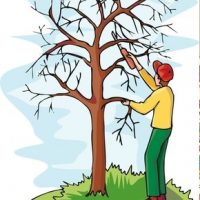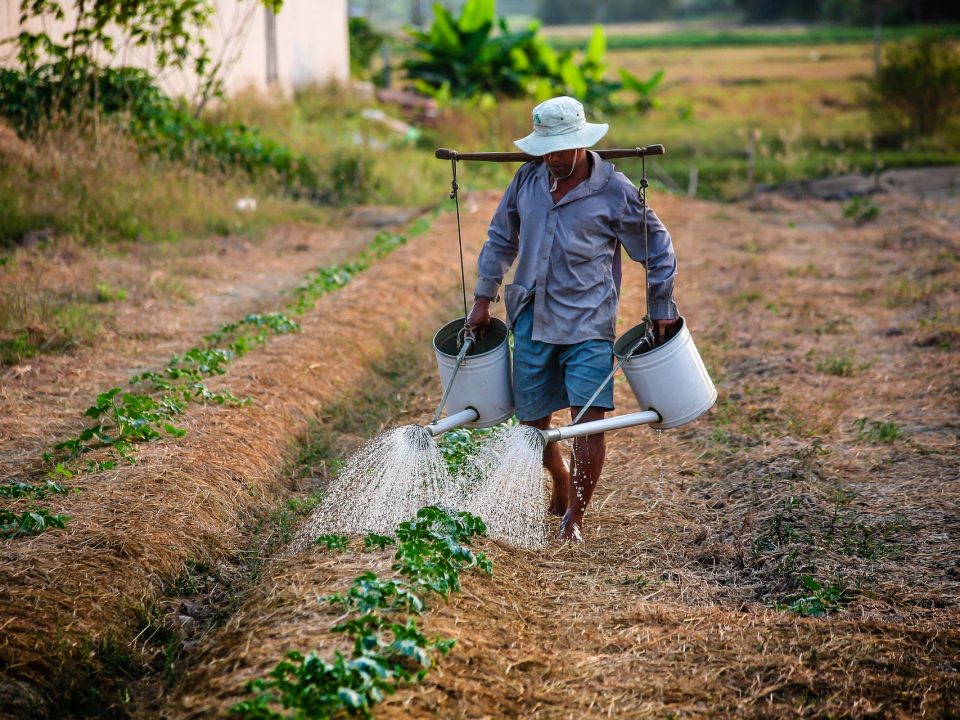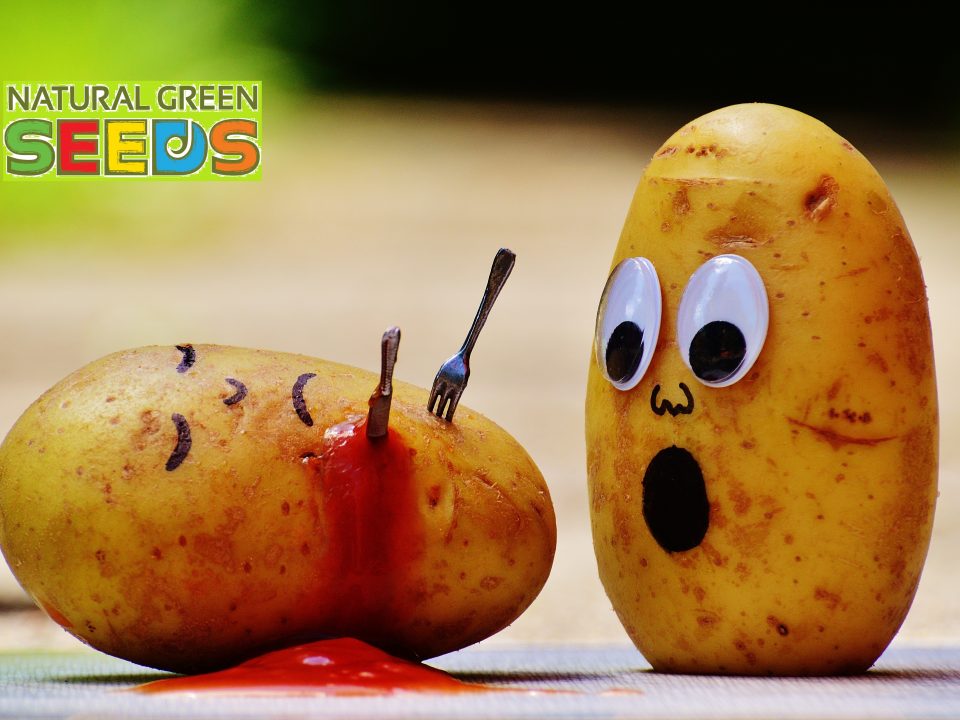prune trees

Herbs & weight
July 4, 2019
Growing roses
July 26, 2019How to prune trees – a guide to pruning trees
Written by Ronen Kozushner, Natural Green Seeds
Pruning trees and shrubs is one of the basic activities and a commitment to both the nursery and the plant nursery, both for the amateur gardener who grows trees in the home garden and for the cultivated farmer for commercial purposes. Anyone who grows fruit or ornamental trees in a garden, orchard, vineyard or orchard is eventually asked about pruning and the questions that usually arise are which trees to prune, when to prune and how often and how much to prune.
Purpose of pruning
Pruning trees is not an end in itself and most pruning is performed to serve one of three purposes:
A. Design of the tree – directing the development of the tree and building a tree with a “right” structure that serves the needs of man (shade, low height for harvesting purposes, etc.). Typically, with pruning growth vertebrate, begin to grow cocoons (also called “eyes”) in the leaf follicles at the bottom of the branch. As a result, splits and branches of the branch are obtained, and at the same time, there is a thickening and strengthening of it, resulting in a more durable wood.
B. Shortening branches and preventing their breaking due to wind, load of fruit, etc. It is especially important to prune fragile trees while stronger trees (such as oak) do not require immediate pruning even if long branches have developed (scepter).
third. The entry of solar radiation into internal parts of the tree landscape.
A mango tree in which he took the vertex of growth
In the above picture you can see a mango tree in which the growth vertex was taken. Soon the tufts of the leaves began to emerge (marked with a red arrow), which soon became lateral branches. Photographed at the nursery in February 2013.
Which trees should be pruned
There are trees that do not need pruning at all. These are trees with amber control, ie, trees where the growth cap regulates the rate of growth of the lateral branches so as not to compete with the leading breed. These trees are usually pyramid-like structures. These species, which do not require pruning, include, among others, cypress, cedar species, archery species, and archery.
Many other types also require pruning, including trees that tend to develop long branches (“vertical rule”), shrubs – to design on a number of breeds and larger trees that tend to develop a number of breeds.
Pruning frequency
The trees can be divided into trees with low, medium and rapid growth rates. Trees with high growth rates require high pruning – usually once a year, and the longer the group to which the tree belongs, the slower the rate of pruning.
Trees whose rapid rate of growth is rapid and on the other hand grow to relatively large dimensions may be a “lost battle” in small gardens. A good example of this is the filthforum. It is a deciduous tree that reaches up to 20 meters in special cases. It is not recommended to plant these trees if you do not know in advance that they have enough space for development.
Dates of pruning
First, it is important to note that young trees (seedlings) planted in the garden are not recommended to prune during the first period, especially if the tree is small and carries a small foliage. Pruning and reducing foliage will slow the development of the tree. Of course, there are exceptions to this case, for example when planting a plant with long branches and fragile (eg, for example) and leaving them to break at random point as a result of wind.
Another exception is the branches that come out from under assembled trees (also called “pigs”). These industries tend to develop relatively quickly at the expense of the part of the tree that is above the assembly. Pigs under assembly are typical of complex olive trees, mango trees, avocados and many other species. These branches should be trimmed as close as possible to the trunk of the tree so as not to leave them a chance to break out again.
The “classic” pruning model of ornamental trees intended to provide shade recommends the retention of a leading branch up to a height of about 2.5 – 2.5 meters and only then its clumping to create splits and expansion of the landscape.
Fruit trees are recommended to begin pruning at a lower altitude, which will allow for a much lower dispersion and landscape, and will enable the harvesting of some of the fruit easily and without the use of picking facilities, which are currently required by law, a permit to work at high altitude.
Pruning in deciduous trees
Pruning in deciduous trees occurs when the tree is in a coma, usually the end of December and January, after the leaves fall and the tree activity stops during the winter. Pruning will result in the eruption of dormant bulbs at the onset of spring, thus creating splits in branches and building new branches. Leaving the leaves reveals the skeleton of the tree and makes it easier to select branches for pruning. This group includes, among others, almond, apple, plum, nectarine, walnut, pecan, pomegranate, oak (English, cork, worm, tabor) Black, pink albiza, eucalyptus, species of poplar.
Deciduous deciduous trees (which are not deciduous in their countries of origin but due to the climate in Israel, are shed in the winter) should be pruned at the end of the winter – early spring, after the chance of cold falls. These species include, among other things, fine yellow, yellow albicia, varied bohemia, fine wing, korizia and more.
Evergreen trees
Trees evergreen (often green) are pruned during the blooming season. Significant bloom occurs at the end of spring and another, less intense bloating wave occurs usually in autumn. Among the trees belonging to this group and the zigzag on the dates mentioned above: all citrus trees (oranges, clementines, grapefruit, pomelos and lemons), guava, olive, carob, Tamarind and many other species.
How to prune
So far we have referred to the trees to prune, pruning dates and frequency now we will deal with pruning.
Ornamental trees should allow growth to a height of 2 to 2.5 meters and then trim the leading branch in order to receive splits and create a landscape. Fruit trees have a lower pruning usually to get a more “useful” structure for the tree and that allows picking fruit comfortably.
The best pruning includes the retention of important branches or skeletal branches coming from the leading branch at an angle of about 60 degrees. Branches that emerge from narrower angles will be susceptible to fracture at the junction due to strain on the branch. Leaves should be left on all sides of the trunk so as to obtain as symmetrical a view as possible. When there are several branches that exit from the same point, one branch must be left. Too long branches should be shortened to reduce their sensitivity to loads while allowing additional branching.
A scheme that simply demonstrates which branches are best to maintain and which should be pruned
In the above scheme, you can see on the left side an example of a branch coming from a breed at a angle smaller than 60 degrees. The problem with such branches is that there is not enough room for sticking the tip at the top of the connection between the branch and the trunk. This weakens the connection of the branch to the race. On the right, you see a normal state in which the angle of the branch is about 60 degrees, which will allow the development of sufficient amount of advice to strengthen the branch.
Selection of branches: Many branches emerge from one point in the trunk
Picture above You can see an example of many branches coming out from one spot in the trunk. This is an undesirable situation which may increase the chance of breaking branches. In such a case, all branches should be cut off, except for one branch which they decide to leave.
Of course, it is not always possible to apply the theoretical model in the field, since many trees do not always develop in a way that allows pruning according to this model. Fruit trees do not always develop enough branches to allow the selection of branches and need to “get along with what is” and try to design the right tree.
It is important to note that in fragile trees it is important to try and adhere to the principles of pruning more correct because the incorrect construction of these trees will probably end in an ugly fracture that damages the development of the tree.
In hard trees the importance of proper pruning is reduced as their branches will last even if they are long and at poor angles to the leading breed due to their hard advice and standing.
Renewal of trees / renewal of landscape
Aggressive pruning of the branches of the tree and lowered to a height of about 1.5 meters. This operation is carried out mainly in orchards, but can also be carried out in the private garden when necessary. Renewal of landscape is done when there is a need to insert sunlight and when the tree “rises” too (ie, a very high landscape key and lower foliage does not see sunlight), making it difficult to harvest.
Pruning subtropical trees
The pruning process in subtropical trees is important because the pruning allows penetration of solar radiation for maximum flowering and slows down the foliage at the bottom of the tree. As a result of the erosion of foliage in the lower parts is an undesirable rise of the tree (see explanation in the previous paragraph).
Treatment of mature trees after pruning or fracture
Adult trees suffer from accelerated aging and weakening of the tree skeleton due to a number of environmental factors including the introduction of fungal infections through pruning wounds or breakage in branches. It is very possible that the fungus activity will not be seen at first, but with time the fungus strikes with the supporting advice (the same advice found in the middle of the stem and the thick branches and gives them stiffness and strength). As the process progresses, they become insults to real holes and the formation of hollow branches. The result is the weakening of the tree and ultimately its breakage.
A tree that was cut and not treated with an anti-inflammatory cream
In the picture above you can see a branch that has been trimmed and not treated to prevent the introduction of pests and fungi. You can easily see the blackness on the cut. The use of opaque ointment would have prevented this blackening formation. The photograph was taken in an infected orchard.
It is important that after pruning or in the case of a broken wound, prevent the entry of pests by using sealing creams or other specialized sealants to seal the wound completely. There are several types of sealing creams for wounds, and Tazheil is the simplest to obtain. It is important to use the product’s usage guidelines and use all the necessary precautions.
In the case of pruning, the incision should be sealed by an ointment immediately. In the case of a fracture, try to straighten the fracture as far as possible and cover the entire surface of the fracture with an ointment. Old wounds should be tried and cleaned well or gird the part closest to the wound if possible and only then apply the cream.
There is a whole area of orthopedics for trees borrowed from the medical field that offers treatment and preventive treatment for cases of weakness in the wooden skeleton but does not enter the subject here.






